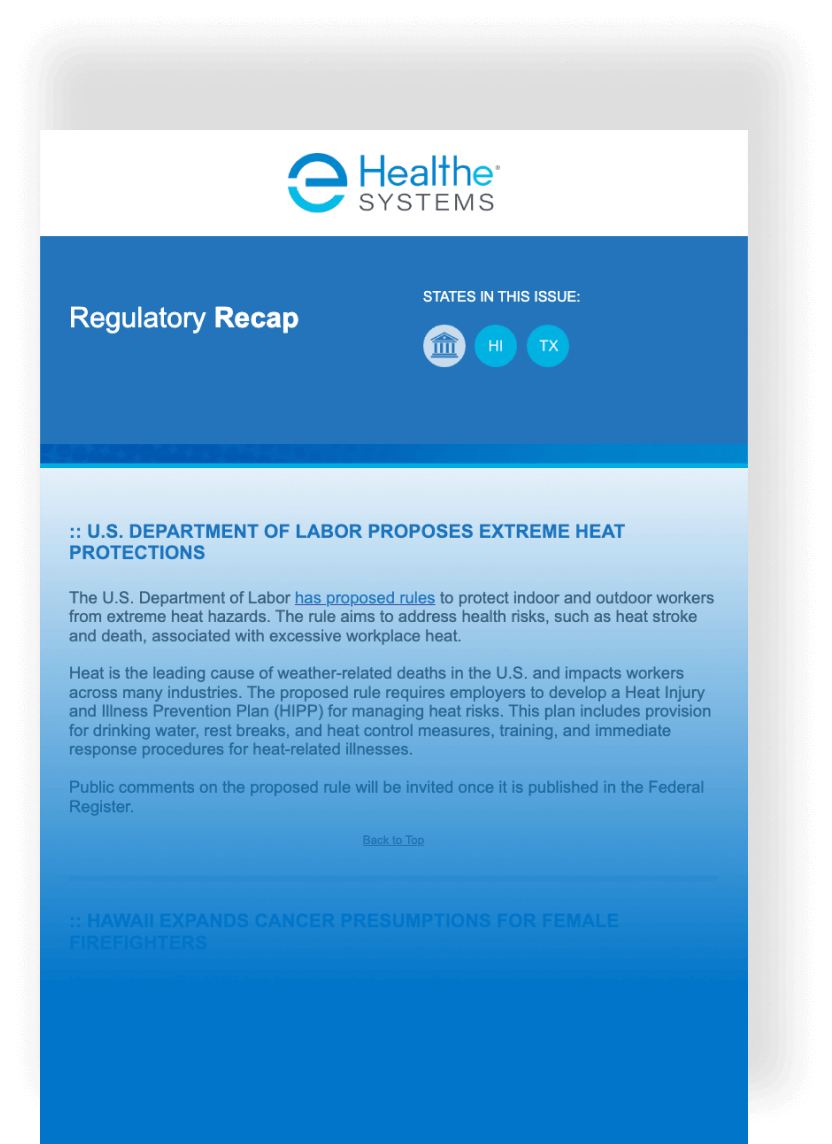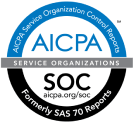The Workers’ Compensation Research Institute published a new report that examines how the high-inflation period of 2021–2023 has affected medical payments in workers’ compensation through 2025 – particularly in states that tie their medical fee schedules to general economic inflation measures.
Using data from the U.S. Bureau of Labor Statistics and the WCRI’s own CompScope studies and Detailed Benchmark/Evaluation database, the report analyzes how different fee schedule update methods – ranging from broad economic indexes like the Consumer Price Index and wage measures to medical-specific indexes such as the Producer Price Index for health care services – have influenced medical cost growth in workers’ compensation since 2020.
According to the report, there was no evidence of higher medical inflation in general health care from 2021-2025, when medical prices increase by about 3% each year. After decreases during the first two years of the COVID-19 pandemic, workers’ comp medical payments increased over the last two years, mainly driven by increases in the prices for professional and facility services.
The utilization of medical services increased after the pandemic, likely due to changes in workforce demographics and delayed care. Payments for nonhospital services grew more quickly from 2021 to 2024 than they did before the pandemic, regardless of whether the state had a formal fee schedule.
While overall health care prices stayed relatively stable, workers’ comp medical payments varied depending on how states updated their fee schedules. Faster price growth was seen in states that tied fee schedule updates to broad economic indexes rather than medical-specific measures.
From 2021 to 2024, medical payments per workers’ comp claim increased by about 5% per year in most states, rebounding from earlier pandemic-related declines. This report offers critical insights to evaluate cost trends, assess policy effectiveness, and support decision making in a shifting economic landscape.







